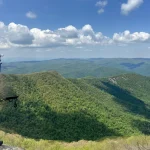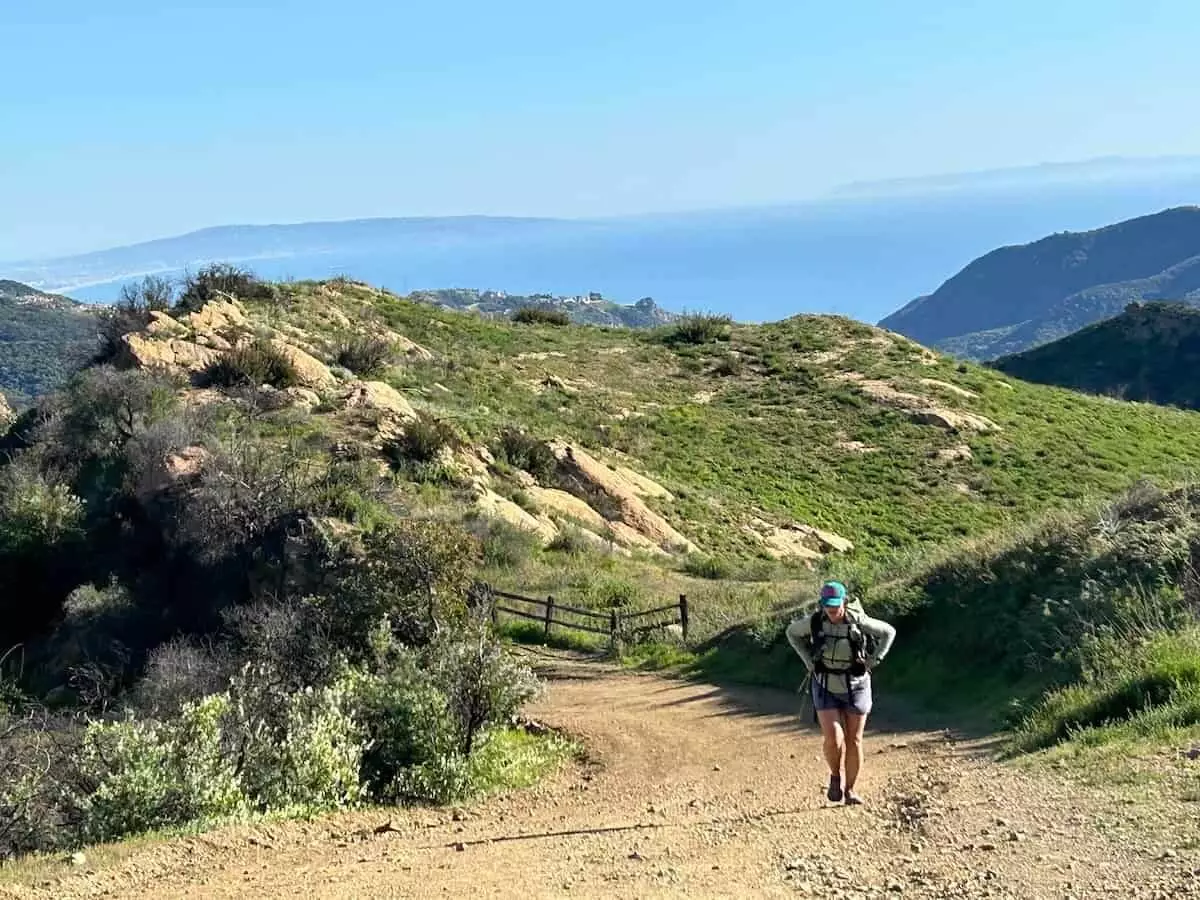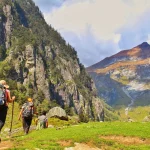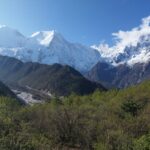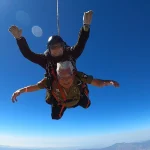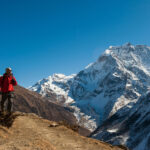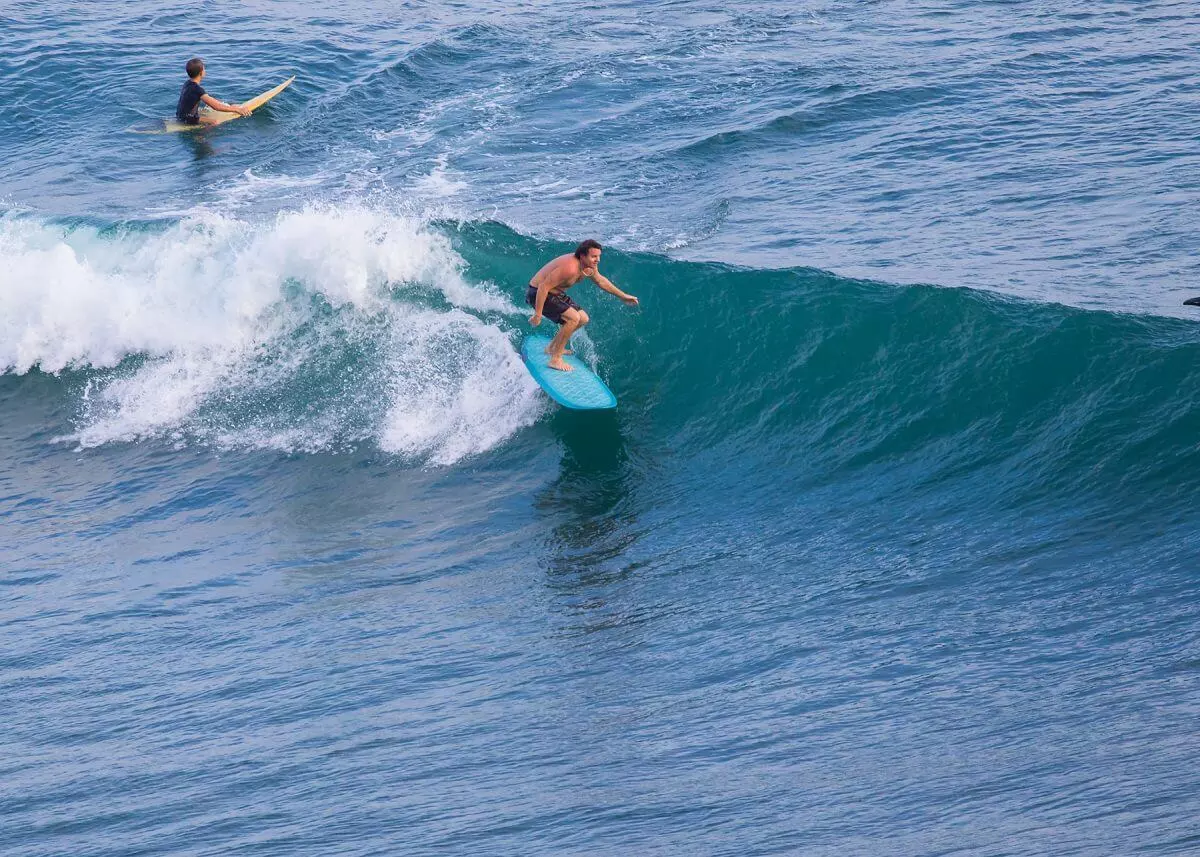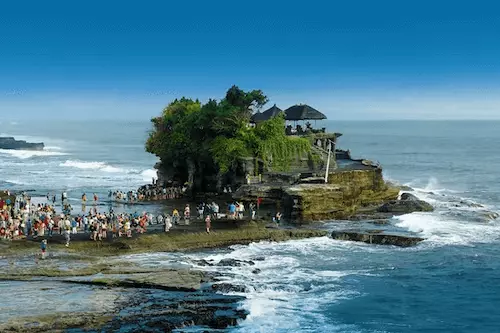Exploring the Salkantay Trek: An Epic Adventure Through the Andes to Machu Picchu
The Salkantay Trek is one of the best alternative routes to reach Machu Picchu, offering an unforgettable adventure with stunning mountain landscapes, diverse ecosystems, and breathtaking views. This trek provides hikers with a chance to explore Peru’s beauty away from the crowded Inca Trail, making it a perfect choice for those seeking an off-the-beaten-path experience. In this guide, we will take you through everything you need to know about the Salkantay Trek, from preparation to key highlights and essential tips for a successful adventure.
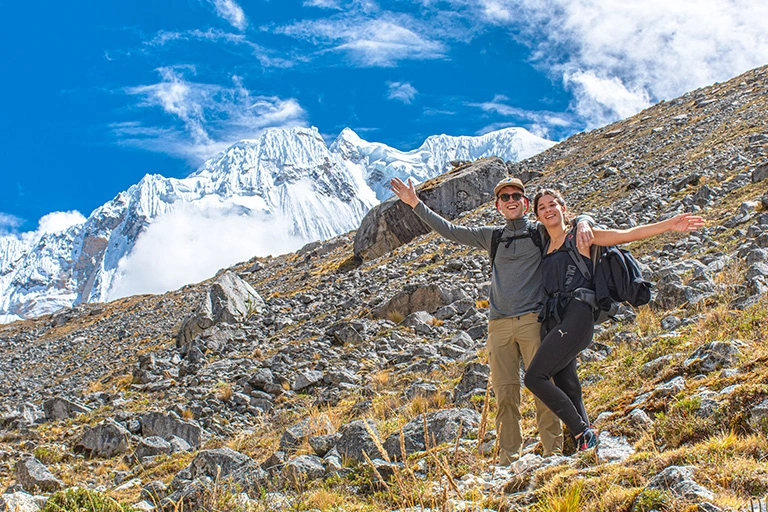
Content
Understanding the Salkantay Trek
The Salkantay Trek is a challenging yet rewarding journey that takes trekkers through the stunning Andes Mountains of Peru. Unlike the more crowded Inca Trail, the Salkantay Trek offers a more remote and quieter experience, with fewer tourists and incredible views. Spanning about 74 kilometers (46 miles), the trek passes through varied terrain, including snow-capped peaks, lush cloud forests, and subtropical valleys.
The trek is named after Mount Salkantay, which stands tall at 6,271 meters (20,574 feet) and is one of the highest peaks in the region. Reaching the majestic Machu Picchu at the end of the journey, trekkers are treated to panoramic views and the satisfaction of completing one of Peru’s most renowned hikes.
Why the Salkantay Trek Stands Out
One of the primary reasons many trekkers prefer the Salkantay Trek over the Inca Trail is the lack of crowds. While the Inca Trail is well-known globally, the Salkantay Trek allows for a more peaceful experience surrounded by mountain landscapes and natural beauty. It offers unparalleled views of Humantay Lake, a stunning turquoise lake located at the base of Humantay Mountain. The trekking route also offers a broader variety of ecosystems, from high-altitude Andes Mountains to vibrant cloud forests, making it ideal for nature lovers and adventure seekers.

Choosing the Salkantay Trek also means embracing an adventure away from the well-trodden paths, where every day provides a new challenge and a new set of nature trails to explore. Those looking to experience the wilderness without the usual crowds will find this trek to be a perfect fit.
Preparing for the Salkantay Trek
The Salkantay Trek is not for the faint of heart. With a moderate to difficult rating, the trek requires good physical preparation and a readiness to tackle steep climbs, rugged terrain, and high-altitude environments. The highest point on the trek is the Salkantay Pass, which reaches 4,600 meters (15,091 feet). Due to the high altitude, it’s crucial to take time to acclimatize to avoid altitude sickness.
In addition to physical fitness, preparation should include gathering proper hiking gear, such as sturdy hiking boots, trekking poles, a backpacking pack, and layers of clothing for changing weather conditions. Being properly equipped and mentally prepared will ensure a successful trek.
Choosing the Right Time to Undertake the Salkantay Trek
The ideal time to hike the Salkantay Trek is during the dry season, which runs from April to October. During these months, the trails are less muddy, the weather is more predictable, and the views are clearer. The wet season, from November to March, can bring heavy rains, making the trails slippery and difficult to navigate.

Although the dry season is generally preferred, trekkers should still be prepared for varying weather conditions. Higher altitudes, particularly near the Salkantay Pass, can be chilly even during the dry season, so packing warm clothing is essential.
Essential Gear for the Salkantay Trek
Equipping yourself with the right hiking gear is crucial for a successful experience on the Salkantay Trek. The gear you carry can significantly impact your comfort and safety during the trek. Here are a few essential items:
- Hiking Boots: Sturdy hiking boots with good ankle support are essential for navigating rocky and uneven terrain.
- Trekking Poles: These will help you maintain balance and provide support, especially on steep inclines and declines.
- Backpack: A well-fitted backpacking pack is crucial for carrying your gear, including water, snacks, a first-aid kit, and a sleeping bag.
- Clothing: Layering is important for comfort. Moisture-wicking fabrics for the day, along with warm layers for the evening, are necessary. Don’t forget a waterproof jacket.
- Sleeping Bag: A good-quality sleeping bag rated for cold weather is essential, particularly during the higher altitudes.
Proper gear can make all the difference between an enjoyable trek and an uncomfortable one.
Navigating the Salkantay Trek Itinerary
The Salkantay Trek typically lasts for five days, each offering unique challenges and experiences. Here is a brief overview of the itinerary:
Day 1: Cusco to Soraypampa
The trek begins with an early departure from Cusco, heading toward Soraypampa. On the way, trekkers visit Humantay Lake, a scenic highlight of the trek.
Day 2: Soraypampa to Collpapampa
This day features a challenging ascent to the Salkantay Pass, the highest point of the trek. Afterward, the trek descends into the cloud forests and ends at Collpapampa.
Day 3: Collpapampa to La Playa
On the third day, trekkers enter subtropical regions, passing through rivers, waterfalls, and diverse flora, eventually reaching La Playa.
Day 4: La Playa to Aguas Calientes
This day involves a descent into the town of Aguas Calientes, the base for visiting Machu Picchu the next day.
Day 5: Aguas Calientes to Machu Picchu
The trek culminates with a visit to Machu Picchu, one of the most iconic archaeological sites in the world.
Altitude Sickness: Managing the Challenge
One of the primary concerns on the Salkantay Trek is altitude sickness. Symptoms such as dizziness, nausea, and headaches can affect trekkers at high altitudes, particularly near the Salkantay Pass. It is crucial to acclimatize in Cusco for a few days before beginning the trek to minimize the risk of altitude sickness.
During the trek, it’s important to drink plenty of water, take breaks often, and ascend gradually. If symptoms of altitude sickness become severe, it’s essential to descend to a lower elevation.
Unforgettable Views Along the Salkantay Trek
The Salkantay Trek offers some of the most stunning mountain landscapes in the world. One of the most beautiful sights is Humantay Lake, a stunning turquoise lake nestled at the base of Humantay Mountain. The Salkantay Pass provides incredible panoramic views of the surrounding peaks, glaciers, and valleys.
Throughout the trek, trekkers also have the opportunity to observe the diverse ecosystems, ranging from cloud forests to subtropical regions filled with orchids, bamboo, and wildlife. The entire journey is a visual feast for nature lovers.
Preparing for the Salkantay Trek
Physical conditioning is key to completing the Salkantay Trek successfully. Incorporate long hikes or endurance training to build stamina and strength, particularly in your legs and core. If possible, train at higher altitudes to help your body adjust to the reduced oxygen levels.
Additionally, booking a reputable trekking company can ensure that you have professional guidance throughout the journey, providing safety and expertise.
Read also: Best Restaurants in Puerto Vallarta
Conclusion
The Salkantay Trek is a remarkable journey that offers an opportunity to experience the beauty of Peru and the majesty of the Andes Mountains. Whether you are looking for stunning mountain landscapes, a peaceful alternative to the Inca Trail, or an unforgettable adventure to Machu Picchu, the Salkantay Trek delivers on all fronts. By properly preparing with the right hiking gear, staying in good physical condition, and choosing the right time to go, you can ensure an unforgettable trekking experience. Lace up your hiking boots, pack your backpack, and embark on the adventure of a lifetime through one of the most beautiful regions on Earth.

This author’s life has been an adventure. He has visited over 30 countries, and lived in four different states. He is a traveler at heart, but he also loves exploring the outdoors on his bicycle or hiking with his canine companion.
